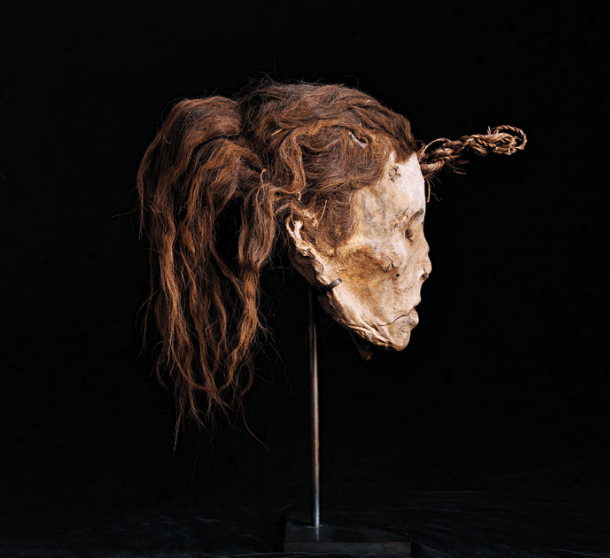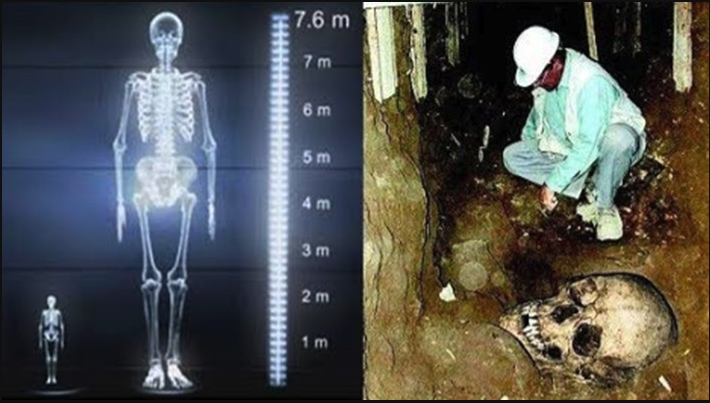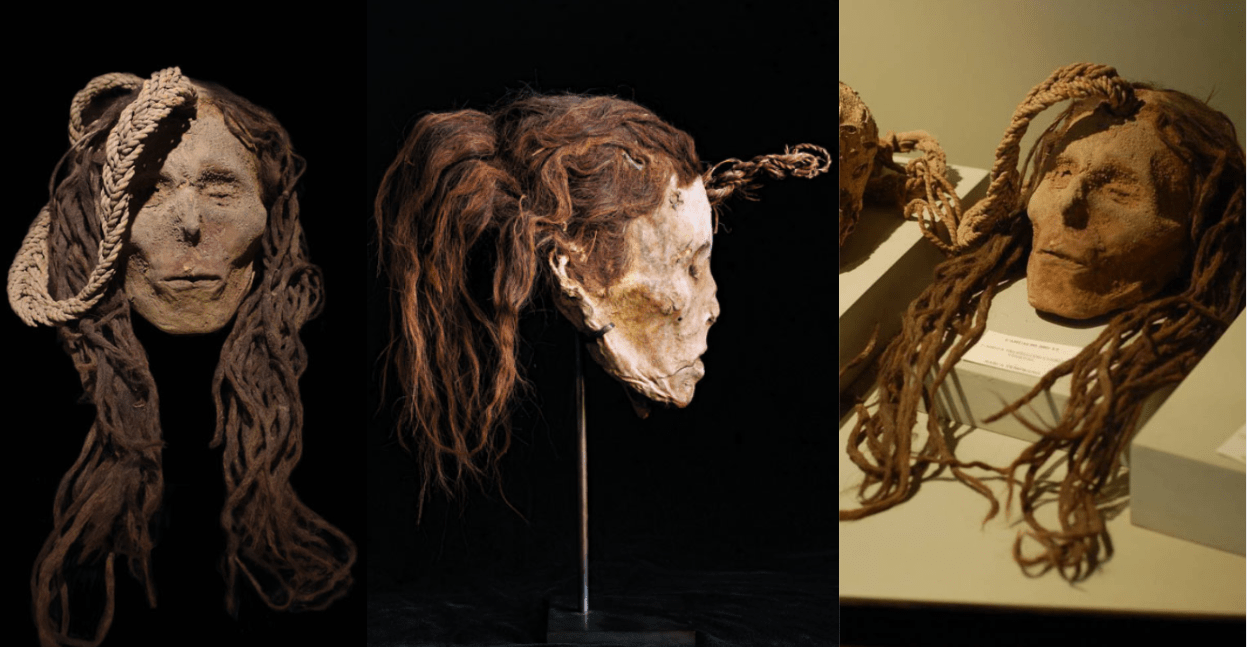
“Unlocking the Mysteries of Ancient Mummies: Tracing Psychoactive Plant Use Through Millennia via Hair Analysis”
Hair analysis from 22 mummies discovered in southern Peru has unveiled the earliest known use of the San Pedro cactus, a source of mescaline, and the psychoactive plants comprising the drug ayahuasca. Predominantly unearthed in Cahuchi, a religious center utilized by the Nazca people from around 100 B.C., the mummies’ hair revealed traces of coca plants and the Banisteriopsis caapi plant, also known as the liana vine.
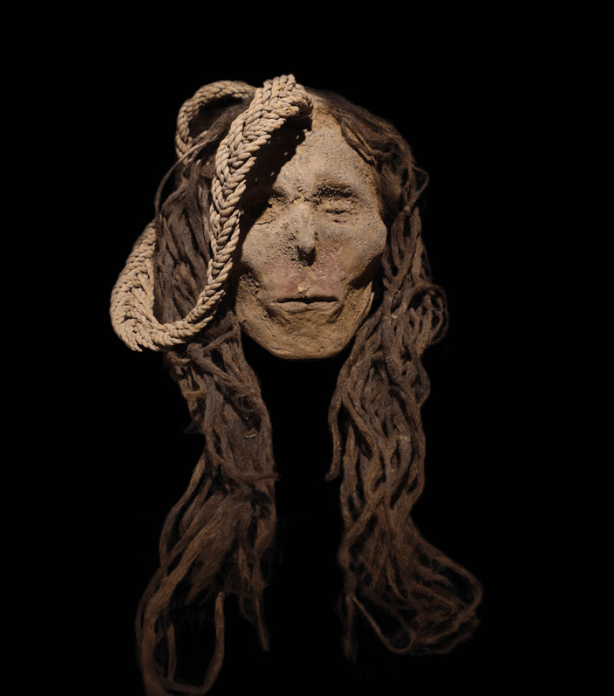
These substances, not native to the region, were likely transported across the Andes Mountains. Researchers noted a shift in drug preferences over time, with ayahuasca and mescaline becoming less favored, while coca consumption increased after the Wari Empire conquered the Nazca around A.D. 750. This shift suggests changes in religious rituals surrounding human sacrifice.
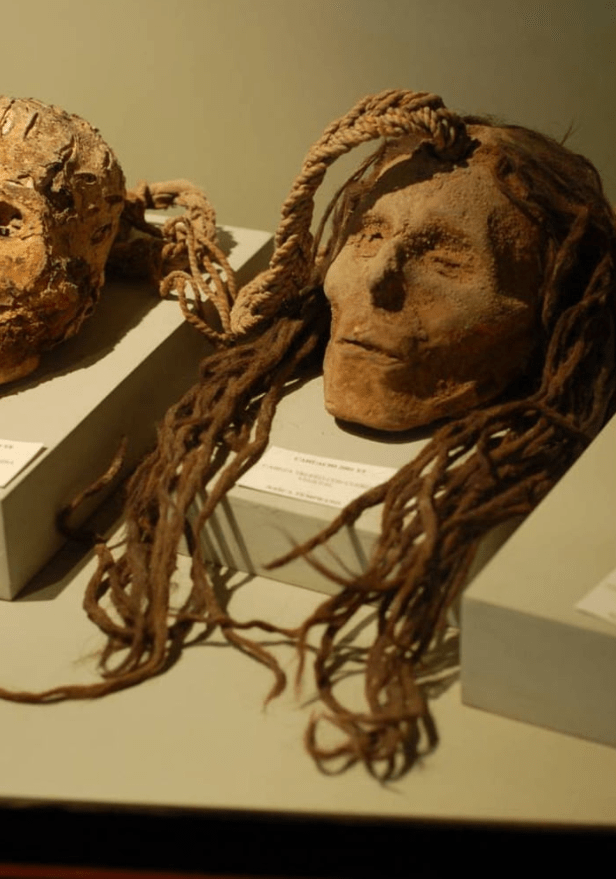
The archaeological find included four trophy heads, including one belonging to a child, indicating sacrificial victims. However, there is limited evidence regarding the role of psychoactive substances in these rituals. Bioarchaeologist Dagmara Socha from the University of Warsaw speculates that the antidepressant effects of the drugs may have been an important reason for their use. She suggests, “In the case of the sacrificed children, they were given Banisteriopsis caapi, probably because it was important for them to go happily to the gods.”
